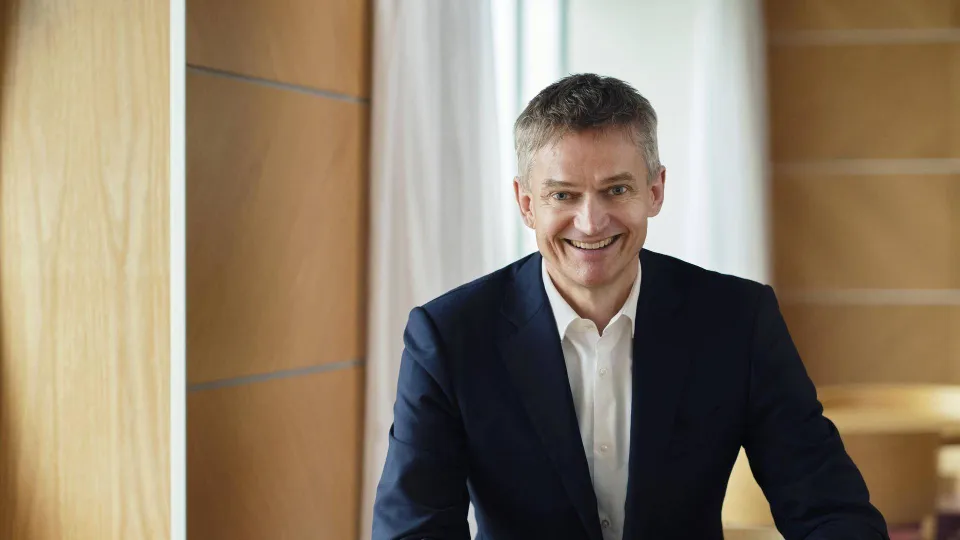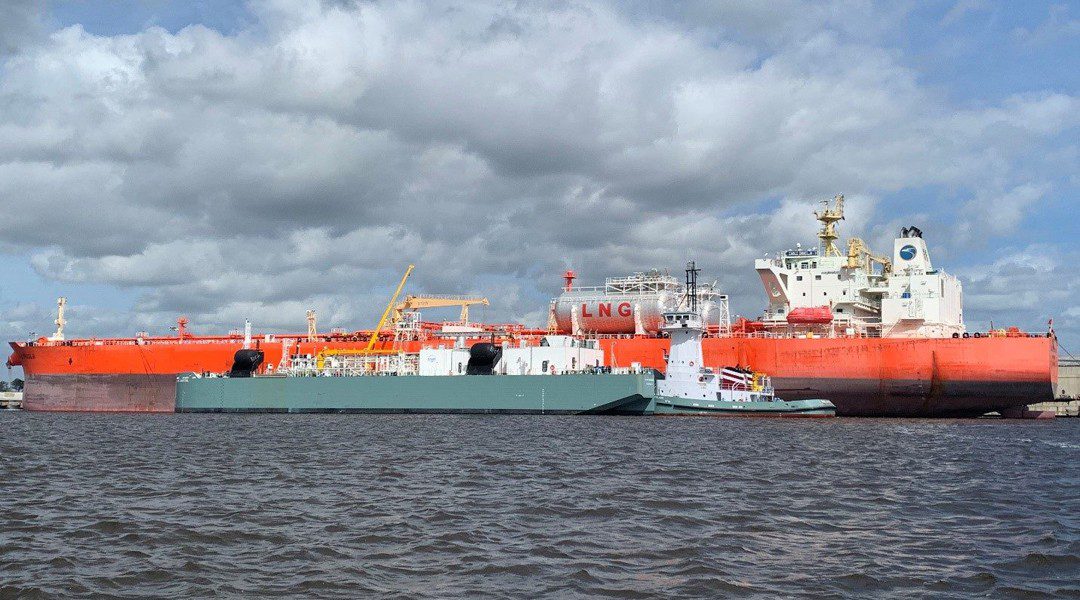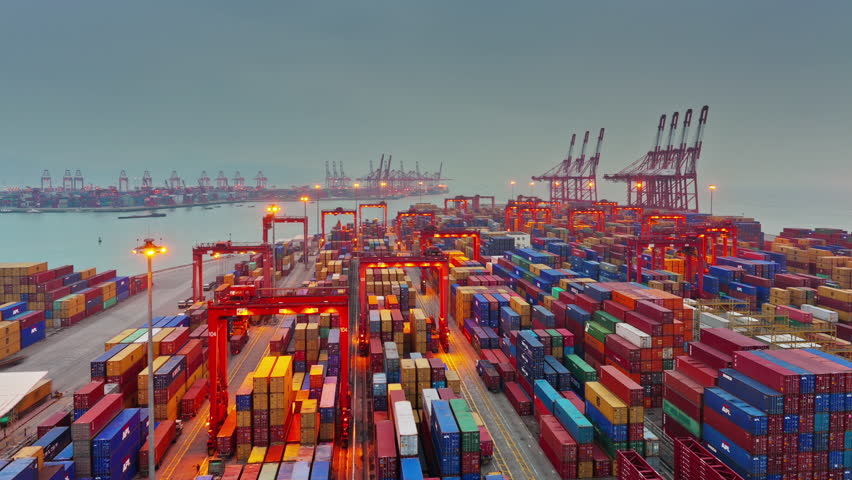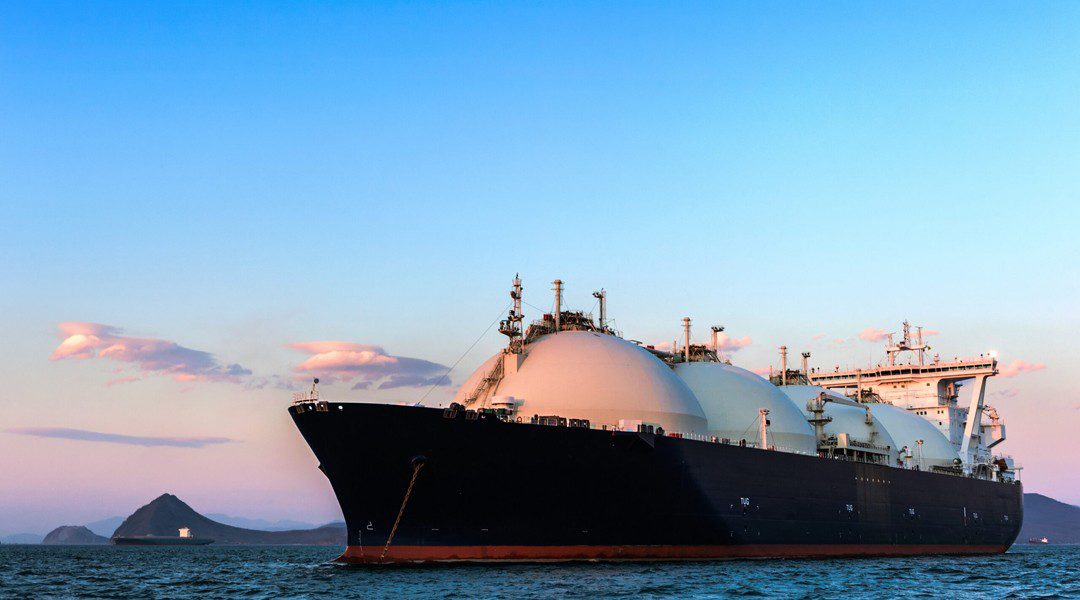
The Danish state must accelerate the green energy build-out “to an extreme degree compared to the pace we’ve seen earlier,” says DFDS CEO Torben Carlsen.
Ferry operator DFDS’ Chief Executive Torben Carlsen wants Denmark’s government and state to dial up heavily on green power generation, otherwise the consequence could be a lack of green fuels for shipping and land transport via semi-truck, he tells WPO.
“We’re interested in seeing authorities speed up the green energy expansion, and to an extreme degree compared to the pace we’ve seen earlier,” Carlsen says.
On Dec. 1, German energy utility RWE won the tender for Thor Offshore Wind Farm, which is expected to provide up to 1 gigawatt (GW) of green power as of 2026 at the earliest. Thor Offshore Wind Farm is the first of the three offshore wind farms agreed upon as part of Denmark’s national energy policy of 2018.
But Carlsen points out that the pace in efforts to generate green power from offshore wind farms for use at Power-to-X (PtX) facilities, which by way of electrolysis can turn green electricity into green fuels, is far too low.
More than a slight handful
Things will have to move much faster, and significantly more tenders must be initiated, because the need for green power isn’t just a small handful of gigawatts, but rather 20-30GW, says the DFDS CEO.
“The Thor project, which has been underway for years, can deliver 1GW. The government has said there might come an additional two or three projects. But the demand might reach an entire 20-30GW, so the government needs to get started on the green energy build-out, so that it makes sense to invest in assets that can use the green energy,” Carlsen says.
“Otherwise, we risk having ships and trucks ready for hydrogen, batteries, ammonia and other things, while nations are unprepared with too little expansion.”
The green energy is to be used for endeavors including the forthcoming PtX plants that will convert green power to green hydrogen via electrolysis. The green hydrogen may be used directly or converted to other green ship fuels such as green ammonia.
Partakes in green ammonia plant
DFDS itself is a partner in a major PtX facility in Esbjerg, Southern Denmark, set to deliver green ammonia on a large scale.
Alongside companies in the agricultural industry – Danish Crown, Arla and DLG – DFDS and Maersk have committed to buying the green ammonia.
Agriculture will use the green product as fertilizer, while DFDS and Maersk can use the green ammonia as a future carbon-free fuel on passenger and freight ferries as well as container ships.
“The good thing about PtX is that it isn’t so dependent on the expansion of the transmission grid. In Esbjerg, they’ll probably be able to pump the finished fuel, liquid ammonia, into ships directly,” Carlsen says.
But there will also be a need for green power for households, cars and trucks. DFDS, for instance, has ordered 125 electric semi-trucks from Volvo, set for deployment on routes in DFDS’ logistics network across Europe.
“What we fear is that, if you spend three to four years on achieving political agreement on tenders and getting them written down and covering all sorts of angles before the tenders get started, we won’t be ready for 2030,” says the CEO, referring to the majority in Danish parliament having decided that greenhouse gas emissions must be reduced 70 percent by 2030.
“We see no reason to hesitate. The projects they’re working on now won’t deliver green power until 2026 or 2028. So there isn’t much time,” Carlsen says.
DFDS is currently one of the largest ferry operators in Europe, with approximately 60 vessels from the big Oslo-Copenhagen cruise vessels to mid-sized and smaller freight ferries on 23 routes in and around Europe.
DFDS’ climate goals



